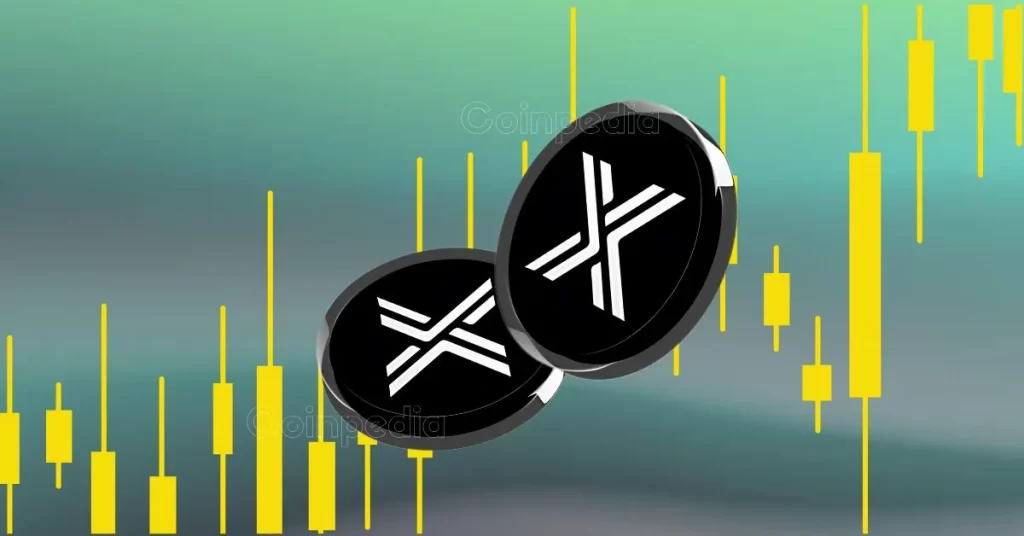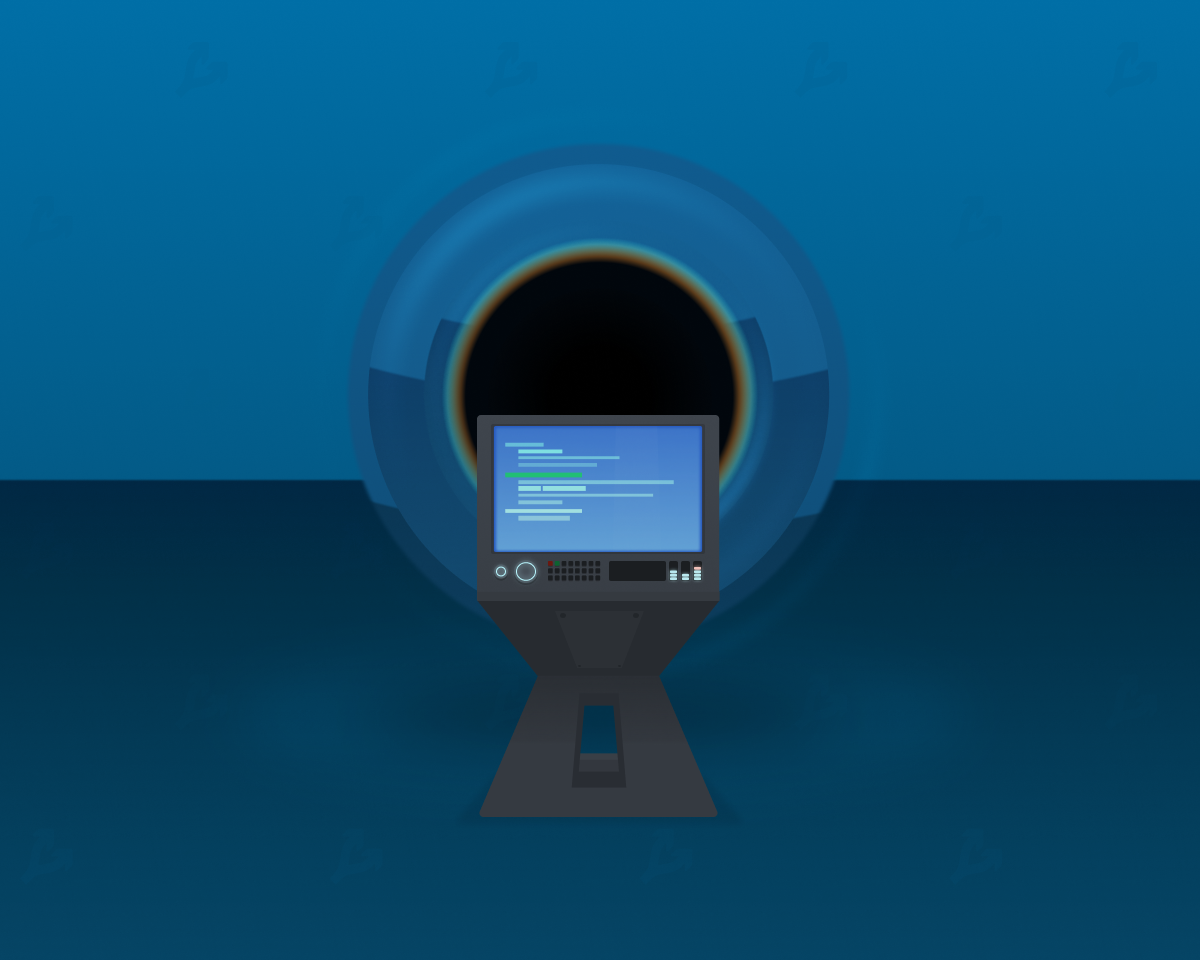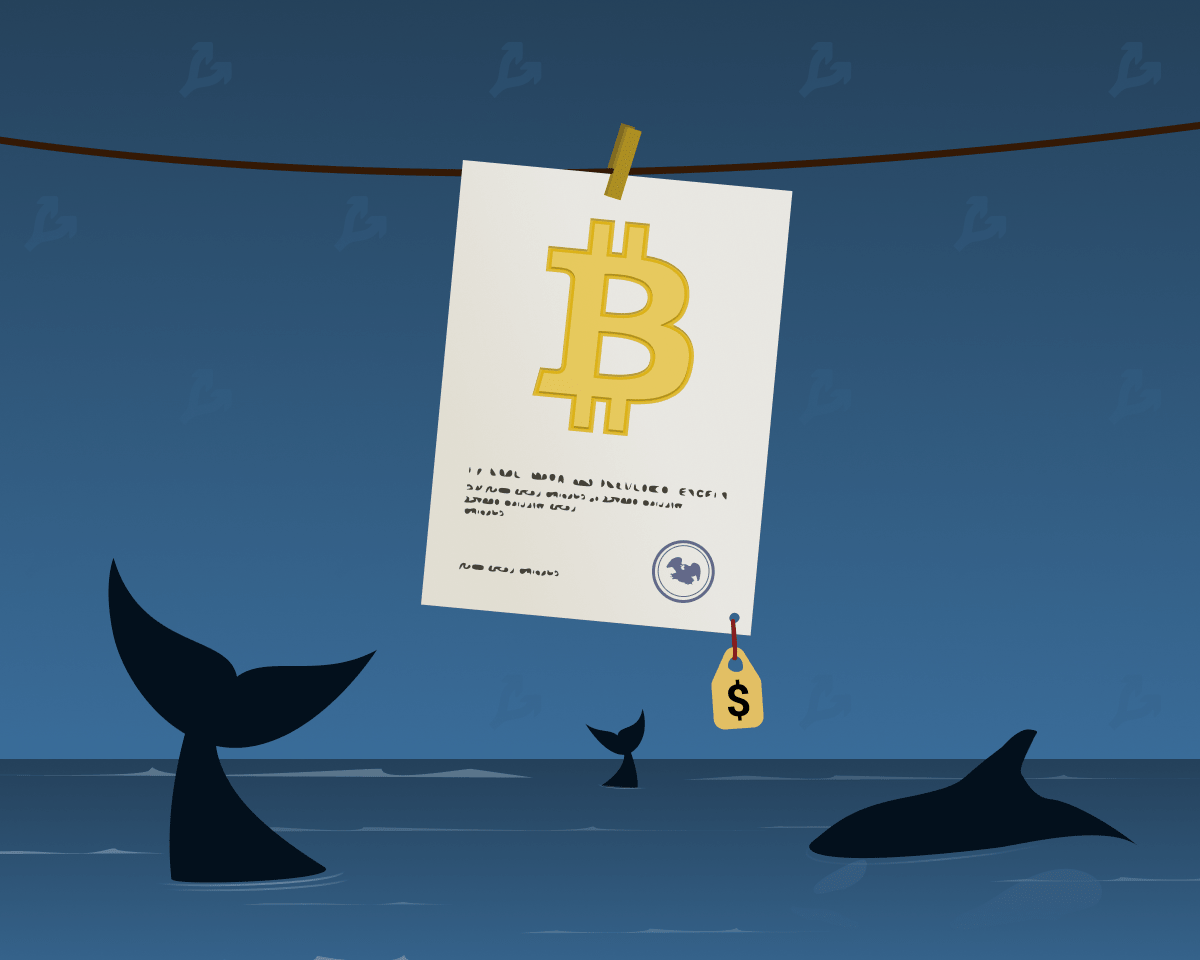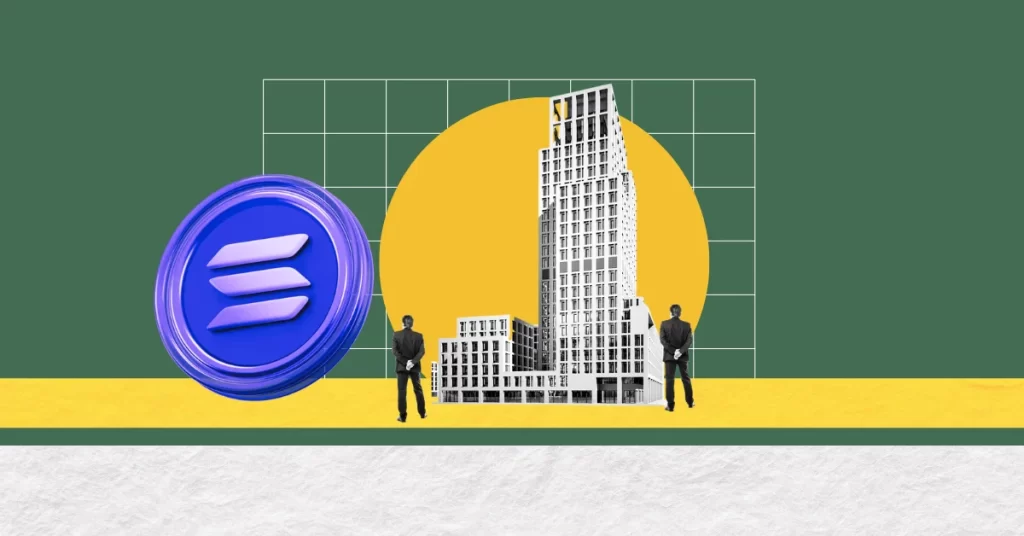
Ethereum developers have finalised a December launch for the network’s next major hard fork, dubbed Fusaka, which is expected to make the layer 1 network more efficient and secure.
According to Ethereum researcher Christine D. Kim, who reported the development, the first rollout phase is set to begin on Dec. 3, followed by a second upgrade around Dec. 17 that will increase blob capacity.
A third blob capacity hard fork is scheduled for Jan. 7, 2026, and together, these three upgrades will more than double Ethereum’s current blob throughput.
For those unaware, blobs are temporary off-chain data chunks that were first introduced in the Dencun upgrade to help rollups post large volumes of data more efficiently without congesting the main chain.
By storing this data separately and only referencing it on-chain, blobs significantly reduce transaction fees on layer-2 networks and, therefore, have been touted as a key part of Ethereum’s scaling roadmap.
Initially, developers were targeting a November rollout, but those plans have since been delayed.
Before the hard fork begins, Ethereum developers plan to run three public testnets starting in early October and continuing through mid-November.
The idea is to trial the upgrade in separate phases to ensure the transition to mainnet is without any hiccups.
According to the Ethereum developer community, ethPandaOps, the plan is to implement phased blob parameter changes, referred to as BPO (Blob Parameter Only) forks, which adjust blob limits without requiring client-side updates.
As a result, developers can safely gauge the upgrades’ impact on the network ahead of full mainnet deployment.
What is the Ethereum Fusaka hard fork?
Fusaka follows closely on the heels of the Pectra upgrade, which went live on May 7.
Unlike the Pectra hard fork, which introduced end-user features such as account abstraction and higher validator limits, Fusaka focuses on backend improvements.
The hard fork is built around 11 Ethereum Improvement Proposals (EIPs) bundled together, all with the goal of optimizing performance and scalability without affecting how smart contracts behave.
Among the planned changes are new safeguards to make nodes more resilient against spam or harmful messages, alongside a significant increase in Ethereum’s block gas limit from 30 million to 150 million units.
Still, the move comes with tradeoffs; higher gas limits could slow block propagation and increase storage demands, which developers are weighing carefully before final rollout.
While Pectra was more visible to end users, Fusaka’s role is more foundational. Developers describe it as a “performance-and-security” release that continues Ethereum’s six-month upgrade cadence.
Discussions around Fusaka began just weeks after Pectra shipped, with its final EIP bundle locked in by early August 2025.
Holešky testnet retired as Hoodi takes over
Fusaka’s arrival also marks the end of Ethereum’s Holešky testnet, which is set to be fully retired by mid-September.
Initially launched in 2023, Holešky was designed to simulate mainnet conditions at a massive validator scale and proved useful for testing upgrades like Dencun and Pectra.
Ethereum’s Protocol Support team has introduced the Hoodi testnet as Holešky’s successor, which is an optimized testnet specifically geared for infrastructure providers and validator lifecycle testing.
The post Ethereum Fusaka hardfork set for December rollout: what does it mean? appeared first on Invezz















 English (US) ·
English (US) ·